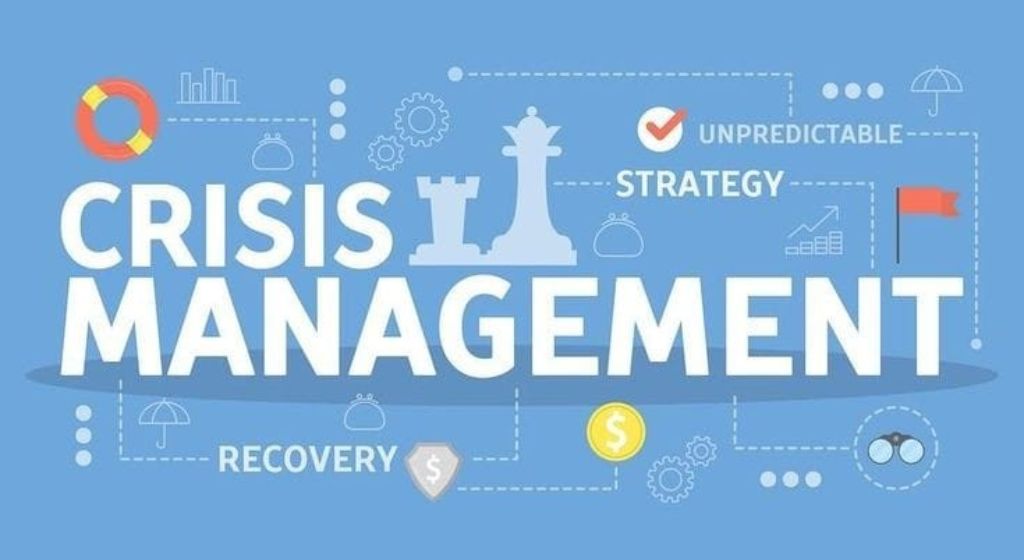Crisis management can make or break a brand’s reputation. When something unexpected happens—whether a product defect, data breach, or public backlash—how you respond determines if customers lose trust or stick with you.
A clear, calm approach helps you stay in control, protect your image, and recover faster. Here are five practical tips to guide your brand through any crisis.
1. Build and practice a crisis plan
Don’t wait until you’re in the middle of a crisis to figure out what to do. Create a written plan that outlines roles, processes, and communication channels.
Assign a core response team with clear responsibilities—spokesperson, legal advisor, social media lead, and customer support. Run tabletop exercises or mock drills at least twice a year to make sure everyone knows the steps and can act quickly under pressure.
2. Speak early and honestly
Silence or vague statements make people assume the worst. As soon as you have verified facts, issue a brief public statement acknowledging the issue. Explain what happened, who is affected, and what steps you are taking to fix it. Even if you don’t have all the answers, commit to regular updates. Honest communication shows you respect your audience and value transparency over spin.
3. Choose the right channels
Different audiences get their news in different ways. Use your brand’s social media accounts for real-time updates and direct engagement. Post detailed notices on your official website or blog.
Send personalized emails to key stakeholders—clients, partners, or regulators. If the crisis has significant public impact, consider a press release or a livestream Q&A. Matching your channel to your message ensures it reaches the right people quickly.

4. Monitor sentiment and listen
Set up social listening tools, alert keywords, and a dedicated inbox to track mentions, questions, or rumors. Respond swiftly to correct misinformation and answer genuine concerns.
Acknowledge feedback publicly when appropriate, and follow up privately for more sensitive issues. By paying attention to tone and volume, you can spot new problems early and adjust your approach before they escalate.
5. Learn, adapt, and rebuild
Once the immediate crisis has passed, conduct a thorough review. Gather feedback from your team and stakeholders. Identify what worked well and where you fell short. Update your crisis plan with new insights. Share a “lessons learned” report with employees to reinforce best practices.
Finally, launch a conscious effort to rebuild your brand’s image—thank customers for their patience, showcase improvements you’ve made, and highlight positive stories that reinforce your values.
A successful crisis response combines preparation, honesty, and adaptability. By planning ahead, communicating clearly, choosing the right channels, listening to your audience, and learning from every incident, you turn a potential disaster into an opportunity to strengthen trust.
With each challenge you navigate, your brand becomes more resilient and more respected.
6. Show empathy and support
Address the emotional impact on your audience by expressing genuine empathy. Offer tangible assistance—such as refunds, replacements, or dedicated support channels—to demonstrate care.
Collaborate with trusted partners or influencers to amplify positive messages and rebuild goodwill more effectively. A successful crisis response combines preparation, honesty, empathy, and adaptability.
By planning ahead, communicating clearly, choosing the right channels, listening to your audience, learning from every incident, and showing genuine support, you turn a potential disaster into an opportunity to strengthen trust. With each challenge you navigate, your brand becomes more resilient and more respected.

